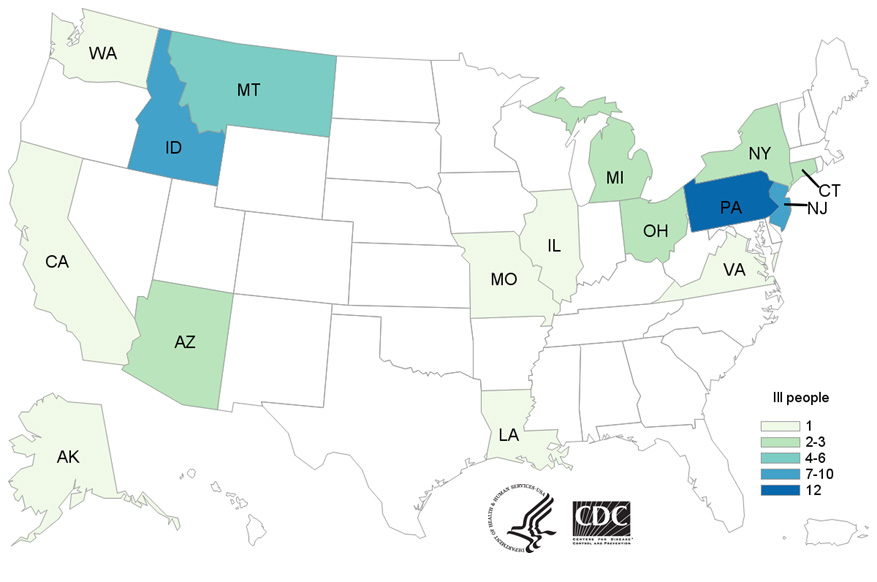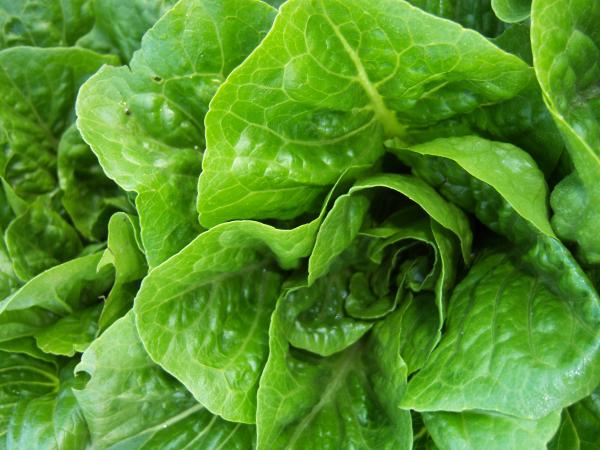This week, another bacterial contamination of food is making headlines. Last week, it was eggs and Salmonella. This week, it's romaine lettuce and E. coli.
Because E. coli infections can be very serious, the Center for Disease Control (CDC) is expanding its warning regarding romaine lettuce. The new recommendation is to throw it out. All of it. This includes whole heads and hearts of romaine, chopped romaine, and salads and salad mixes containing romaine lettuce. If you do not know if the lettuce is romaine, do not eat it and throw it away.
How does E.coli cause illness?
There are many, many different strains of E. coli and not all of them are harmful. In fact, many are living in our intestines right now as an important part of our bacterial flora. So, what makes the strain found on the romaine lettuce so concerning? It is not the bacteria itself, actually, but the toxin that the bacteria makes. This strain of E. coli, known as E. coli O157:H7, belongs to a category of E. coli called Shiga toxin-producing E. coli (STEC). When the bacteria set up an infection in a person, and start to multiply, they make and release Shiga toxin. The more bacteria, the more toxin.
Shiga toxin acts on the cells of the intestine, causing the symptoms seen with these infections. These are generally severe diarrhea (often bloody), stomach cramps, and vomiting - usually with no fever. Symptoms generally appear from 3-4 days after eating the contaminated food, but that can range from anywhere between 1-10 days.
As of today, there have been 53 cases of E. coli infection. Although young children and the elderly are more susceptible to having a serious infection, anyone can get a STEC infection. The current distribution of cases from this outbreak can be seen on the map below.

People infected with the outbreak strain of E. coli O157:H7, by state of residence, as of April 18, 2018 (n=53)
STEC outbreaks happen every year or so. Last year, there was the I.M. Healthy Brand SoyNut Butter contamination. In 2015, Chipotle closed 43 restaurants due to an E. coli O26 outbreak. In 2010, it was cheese from Costco and in 2007 meat from Topps Meat Company. Perhaps the most notorious case of an E. coli outbreak, however, was the famous outbreak at The Jack in the Box fast food chain in 1992 - 93. There were over 500 people sickened and three children died from STEC infection.
The romaine lettuce that is contaminated was grown in the Yuma, Arizona growing region. However, because most of us do not know where the romaine lettuce sold at our grocery store was grown, it is better to be safe than sorry. So, skip the romaine for the next few weeks and hopefully this particular outbreak will pass without any more new infections.




